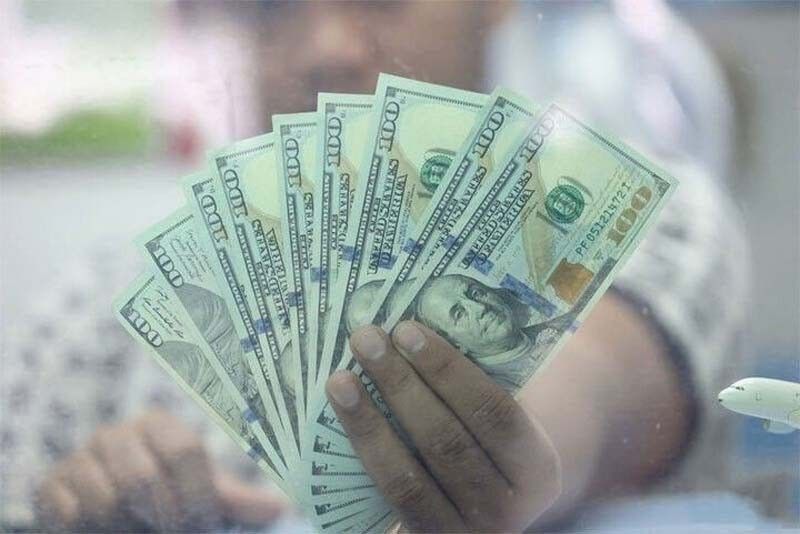Debt service burden hits $7.5 billion in 1st half

MANILA, Philippines — The Philippines’ debt service burden jumped to $7.46 billion in the first semester as the country’s external debt booked a nearly double-digit increase, according to the Bangko Sentral ng Pilipinas (BSP).
Preliminary data released by the central bank showed the debt service burden of the Philippines from January to June was more than 2.5 times the $2.92 billion recorded in the same period last year.
This translated to a higher debt service burden to gross domestic product (GDP) ratio of 3.6 percent in end-June from 1.5 percent in the same period last year.
During the six-month period, principal payments jumped by 125 percent to $4.18 billion from $1.85 billion a year ago.
Likewise, interest payments tripled to $3.28 billion in the first six months from $1.07 billion a year earlier.
The debt service burden represents principal and interest payments after rescheduling. It consists of principal and interest payments on fixed medium and long-term credits, including International Monetary Fund (IMF) credits, loans covered by the Paris Club and commercial banks’ rescheduling, and new money facilities.
It also includes interest payments on fixed and revolving short-term liabilities of banks and non-banks, excluding prepayments on future years’ maturities of foreign loans as well as principal payments on fixed and revolving short-term liabilities of banks and non-banks.
The foreign obligations of the Philippines increased by 9.5 percent to $117.92 billion in end-June from $107.69 billion a year ago due to higher borrowings by the national government, as well as the statistical adjustments.
The BSP traced the increase to total net availments of $7.8 billion mostly from the national government, the change in the scope of the external debt to include non-residents’ holdings of peso-denominated debt securities issued onshore with $3.7 billion, and prior periods’ adjustments of $312 million.
The statistical adjustment, which resulted from the availability of detailed information on non-resident holdings of said securities, is in line with the standards of the IMF under the External Debt Statistics Guide and the International Balance of Payments and International Investment Position Manual, sixth edition for external debt reporting.
Meanwhile, the transfer of Philippine debt papers issued offshore from non-residents to residents of $1.3 billion and negative foreign exchange revaluation of $295 million partially tempered the year-on-year increase in the debt stock.
The country’s foreign obligations as of the second quarter was lower than the record $118.81 billion booked in end-March, due mainly to the impact of the dollar appreciation against other currencies amid further monetary policy tightening by the US Federal Reserve.
The maturity profile of the country’s external debt remained predominantly medium and long-term in nature, with original maturities longer than one year with share to total of 85.3 percent, while short-term accounts with maturities of up to one year comprised the 14.6 percent balance.
The BSP data showed that public sector external debt slipped by almost one percent to $74.5 billion in end-June from $75.2 billion in end-March, translating to a lower share of 63.2 percent from 63.3 percent.
Almost 91 percent or $67.7 billion of the public sector obligations were national government borrowings, while the remaining less than 10 percent or $6.8 billion pertained to loans of government-owned and controlled corporations, government financial institutions and the BSP.
During the second quarter, private sector debt also slightly declined to $43.4 billion from $43.6 billion in the first quarter, with share to total likewise decreasing to 36.7 percent from 36.8 percent.
Major creditor countries are Japan ($13.3 billion) followed by the US ($4.1 billion) and the United Kingdom ($3.7 billion). In terms of currency mix, the country’s debt stock remained largely denominated in dollar with 76.7 percent and Japanese yen with 7.9 percent.
The national government borrows heavily from foreign and domestic creditors to finance the country’s budget deficit as it spends more than what it actually earns.
- Latest
- Trending






























